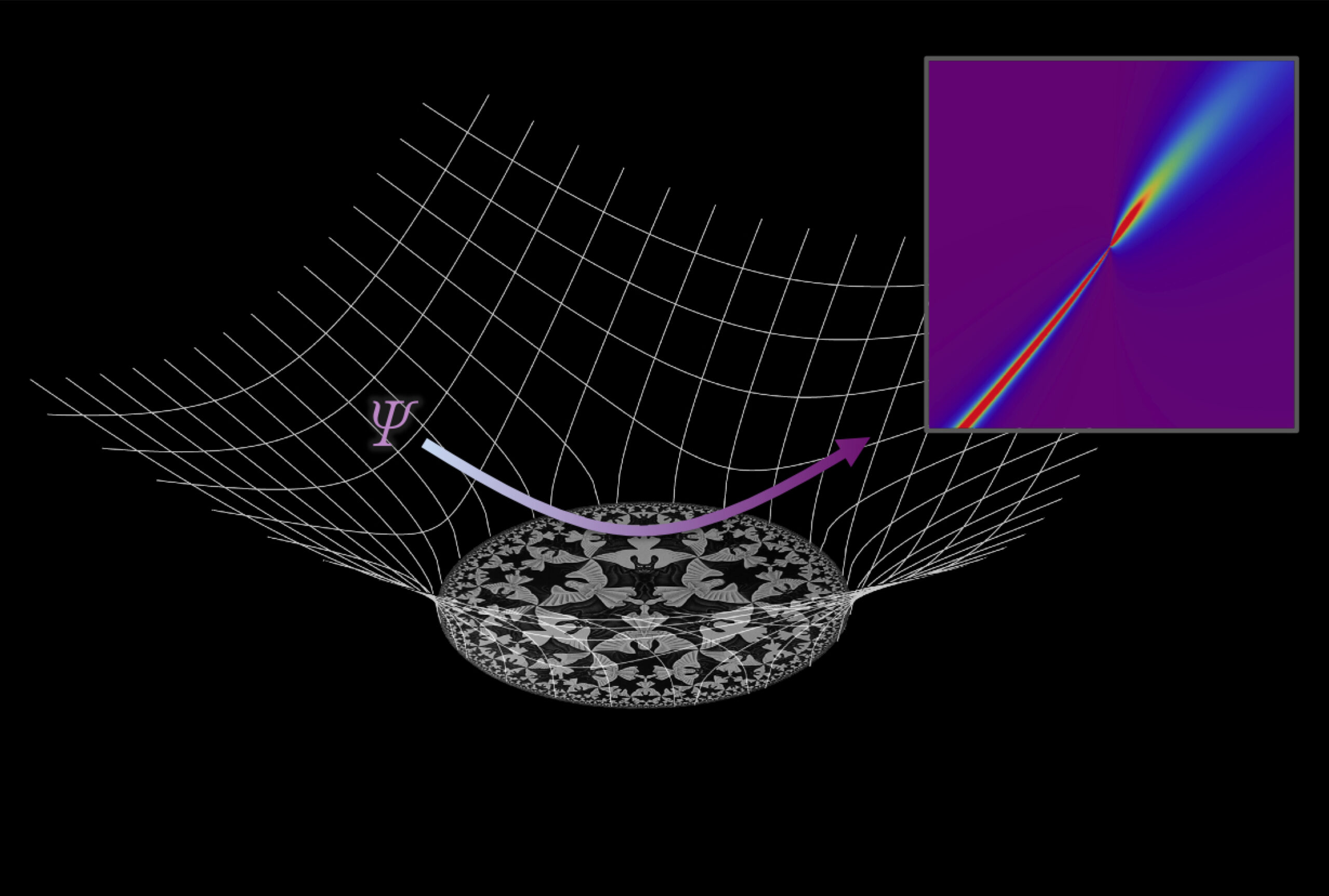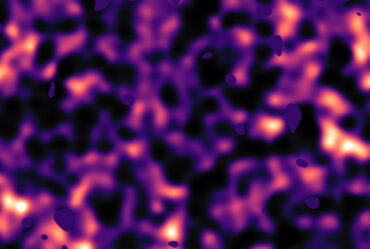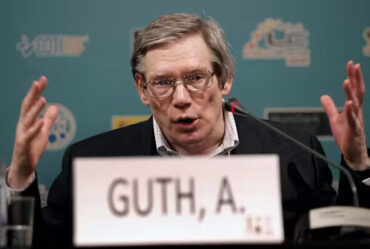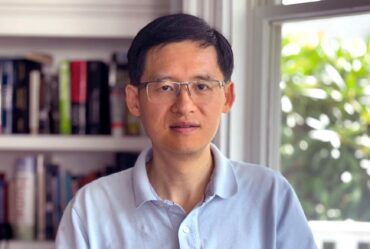Quantum Gravity and Field Theory

Credit: W. Taylor
Quantum physics and Einstein’s theory of general relativity are the two solid pillars that underlie much of modern physics. Understanding how these two well-established theories are related remains a central open question in theoretical physics. Over the last several decades, efforts in this direction have led to a broad range of new physical ideas and mathematical tools. In recent years, string theory and quantum field theory have converged in the context of holography, which connects quantum gravity in certain space-times with corresponding (conformal) field theories on a lower-dimensional space-time. These developments and connections have deepened our understanding not only of quantum gravity, cosmology, and particle physics, but also of intermediate scale physics, such as condensed matter systems, the quark-gluon plasma, and disordered systems. String theory has also led to new insights to problems in many areas of mathematics.

Credit: N. Engelhardt/D. Harlow
The interface of quantum physics and gravity is currently leading to exciting new areas of progress, and is expected to remain vibrant in the coming decade. Researchers in the Center for Theoretical Physics (CTP) have been at the forefront of many of the developments in these directions. CTP faculty members work on string theory foundations, the range of solutions of the theory, general relativity and quantum cosmology, problems relating quantum physics to black holes, and the application of holographic methods to strongly coupled field theories. The group in the CTP has close connections to condensed matter physicists, astrophysicists, and mathematicians both at MIT and elsewhere.

Credit: N.Iqbal
In recent years a set of new developments has begun to draw unexpected connections between a number of problems relating aspects of gravity, black holes, quantum information, and condensed matter systems. It is becoming clear that quantum entanglement, quantum error correction, and computational complexity play a fundamental role in the emergence of spacetime geometry through holographic duality. Moreover these tools have led to substantial progress on the famous black hole information problem, giving new avenues for searching for a resolution of the tension between the physics of black holes and quantum mechanics. CTP faculty members Netta Engelhardt and Daniel Harlow have been at the vanguard of these developments, which also tie into the research activity of several other CTP faculty members, including Aram Harrow, whose primary research focus is on quantum information, and Hong Liu, whose research connects black holes and quantum many-body dynamics.

Credit: B. Zwiebach
Holographic dualities give both a new perspective into quantum gravitational phenomena as encoded in quantum field theory, and a way to explore aspects of strongly coupled field theories using the gravitational dual. CTP faculty have played a pioneering role in several applications of holographic duality. Hong Liu and Krishna Rajagopal are at the forefront of efforts that use holography to find new insights into the physics of the quark-gluon plasma. Liu was among the first to point out possible connections between black hole physics and the strange metal phase of high temperature superconductors, and in recent years has been combining insights from effective field theories, holography, and condensed matter physics to address various issues concerning far-from-equilibrium systems including superfluid turbulence, entanglement growth, quantum chaos, thermalization, and a complete formulation of fluctuating hydrodynamics. Gravitational effective field theories play a key role in the interpretation of gravitational wave observations. Mikhail Ivanov works at the intersection of these fields with the aim of testing strong field gravity at a new precision frontier.

Credit: A.Guth
Even though we understand string theory better than we did in decades past, there is still no clear fundamental description of the theory that works in all situations, and the set of four-dimensional solutions, or string vacua, is still poorly understood. The work of Washington Taylor and Barton Zwiebach combines physical understanding with modern mathematical methods to address these questions, and has led to new insights into how observed physics fits into the framework of string theory as well as the development of new mathematical results and ideas. Alan Guth‘s foundational work on inflationary cosmology has led him to focus on basic questions about the physics of the multiverse that arises naturally in the context of the many string theory vacua, and which provides the only current natural explanation for the observed small but positive cosmological constant.

Symmetry has long been a guiding principle in the study of quantum field theory and gravity. Shu-Heng Shao’s research focuses on generalizations of global symmetries in field theory and lattice systems. These new symmetries and their anomalies lead to various new dynamical constraints on (de)confinement, scattering amplitudes, renormalization group flows, and more. They also unify different conjectures in quantum gravity and holography. The microscopic lattice realizations of these new symmetries are naturally expressed through tensor networks, indicating an intriguing link to quantum information theory.














